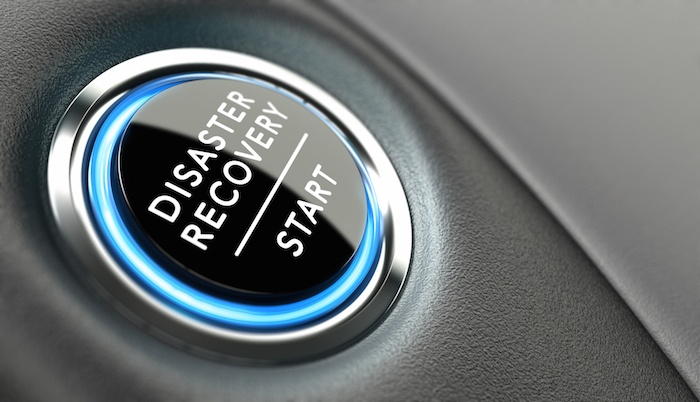
Over the last few years, cloud computing and cloud service providers have come to the forefront of the public consciousness. With their increased popularity, many have seen the value of various kinds of services that can run in the cloud. Thus, we have software as a service (SaaS), platform as a service (PaaS), infrastructure as a service (IaaS), and much more. Recently, a few pioneering minds have finally recognized the value of using the cloud to create disaster recovery as a service (DRaaS). What is this service today, and what does its future hold?
Disaster Recovery as a Service (DRaaS) Today
DRaaS is, as the name implies, a service designed to help enterprise users recover after a disastrous event damages or destroys locally stored data. It achieves this result through the replication and hosting of physical or virtual servers by a third party, providing a secondary backup in case of a catastrophic event.
As a fairly new concept, many are not yet familiar with DRaaS. Indeed, it is typically covered as little more than a passing reference in a Service Level Agreement (SLA) to failover services for a cloud computing environment provided by a third party, either through a contract or pay-per-use basis. Per these arrangements, should a catastrophic data loss occur, an offsite vendor will be less likely to suffer the same effect of the disaster as the enterprise itself. So, for instance, if a company is located in Austin, Texas, but the vendor is located in an offshore location like the Bahamas, a tornado that tears through Austin and destroys the company's facilities will have little or no impact on the vendor. Once the company is ready to retrieve its data, it can implement its disaster recovery plan even if the disaster event totally shut down the affected enterprise.
DRaaS allows enterprise users to avoid the expense and expertise required to create, provision, configure, test, and maintain a truly effective disaster recovery plan. That represents an enormous saving in both cash and man hours. Better yet, DRaas is flexible, able to scale and adapt to what the business needs over time without any significant retooling.
The Future of DRaaS - Disaster Recovery as a Service
While today's market for this emerging service remains dominated by a select few, all indicators point to rapid growth in this field. Each provider has its own strengths and weaknesses, relying on unique technologies and protocols. Over time, new innovations will emerge while existing systems see significant tweaking and evolution. While it is unlikely that a single vendor will come to rule this market, with its vast myriad of possible developments, savvy business technology officers will need to continue to scan the field for the best offerings to suit their needs.
Indeed, private companies outside the DRaaS industry may actually drive development. Some may choose to use simple "off-the-shelf" solutions while other (probably much larger) enterprises will seek to create custom implementations.
Are You Looking for a Disaster Recovery Service Provider?
If you're thinking about using a cloud service provider in your disaster recovery plan, consider Cloud Carib. Located in Nassau, Bahamas, Cloud Carib is a cutting-edge, cloud service provider that offers private, public, and hybrid cloud options. Its disaster recovery, CaribDR, is powered by Zerto Virtual Replication and DoubleTake Availability, ensuring your information is safe and secure, no matter the size, type, or scope of data. If you're looking for tailored disaster recovery from a reliable provider, call (800) 390-2806 to speak to one of Cloud Carib's representatives today.
